Contact Me: howtopbestinfo@gmail.com
Contact Me: howtopbestinfo@gmail.com
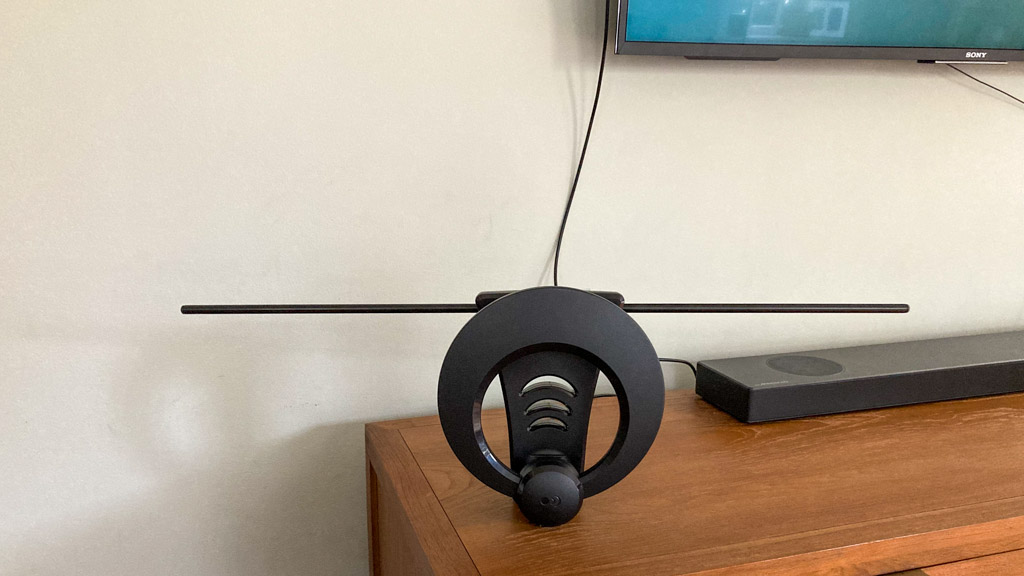
Indoor antenna for TV is an excellent way to receive free over-the-air television signals without shelling out money on a monthly cable or satellite bill. With the right type of indoor antenna, you can access all kinds of digital channels in HD quality with no subscription fees.
An Indoor Antenna also allows one to pick up local news and sports broadcasts from their area as well as popular networks like ABC, CBS, NBC etc., making it ideal for those who want more freedom when choosing what they watch at home.
The biggest advantage offered by using an Indoor Antenna is that there are absolutely no subscription charges involved; once installed correctly users can enjoy watching high definition content completely at zero cost!
Additionally since the signal reception typically depends upon factors such as location and distance between broadcast towers so its important to choose appropriate model which fits your needs best - most modern antennas come equipped with built-in amplifiers designed specifically for better performance across different regions ensuring clear picture even if broadcasting station located far away.
Furthermore these devices offer improved durability against environmental elements due their small size , allowing them be easily mounted almost anywhere inside homes . Besides providing viewsershippable content freely via airwaves this technology helps reduce overall energy consumption.
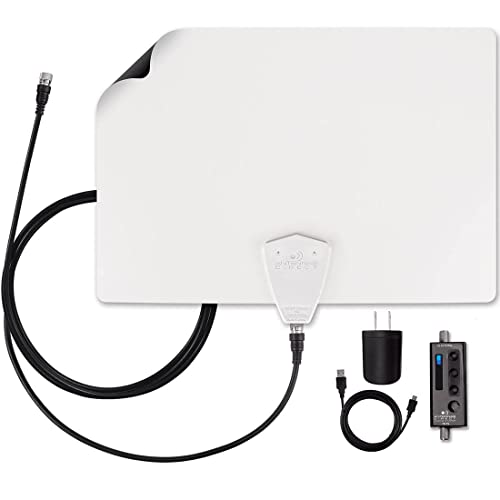
Best value overall, this is the greatest option for all buyers who want the best quality product.
Buy it on Amazon

Also very good option for users who are serious about high standard and taste.
Buy it on Amazon
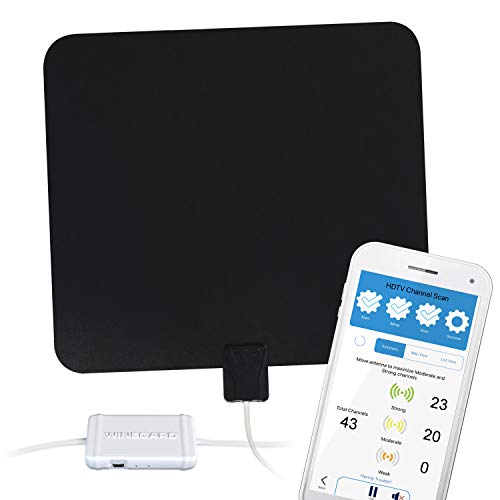
Strike a perfect balance between price and quality, this item is for people who want both.
Buy it on Amazon
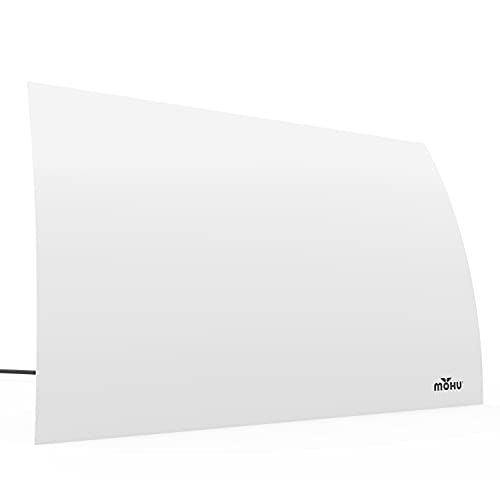
Perfect Alternative for products other than those mentioned above, give it a try!
Buy it on Amazon
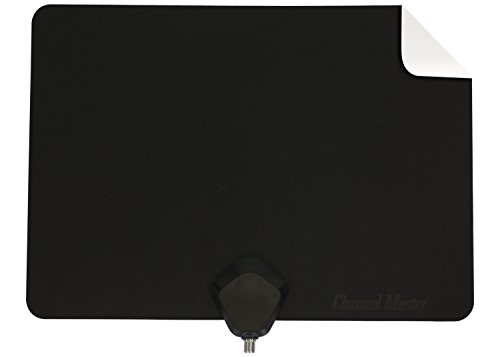
Affordable price and well accepted quality, great deal for who have a tighter budget.
Buy it on Amazon
The use of indoor antenna for television broadcasting dates back to the late 1940s, when televisions began being mass-produced and sold commercially. Initially, these antennas were large outdoor units that had been designed specifically to receive signals from broadcast towers located miles away; however as technology advanced so did their size and capabilities.
By the mid 1950's smaller indoor models became available allowing people who lived in urban areas or those with limited access to outside broadcasts a means of receiving TV programming inside their homes.
Throughout most of its history an Indoor Antenna was necessary if you wanted reliable reception on your TV set due largely because early cable services provided very poor picture quality compared what could be received over airwaves using one such device especially during bad weather conditions like rain or snow which interfered heavily with traditional cable service at times.
This led many households throughout North America relying solely on this type of equipment for majority (if not all)of their viewing pleasure until satellite systems eventually took off around 1995 bringing more digital channels than ever before directly into living rooms across country without fear interference from mother nature anymore .
Today’s modern versions are much sleeker looking than they once used too but still provide excellent performance nonetheless.
To sum up, an indoor antenna for TV is a great way to access free over-the-air programming. It provides high quality picture and sound with no monthly fees or contracts. Furthermore, the installation of this device requires minimal effort as it simply needs to be plugged into your television set’s coaxial port and positioned in front of either a window or wall – usually within 30 feet from the broadcast tower. With its wide range compatibility options available on most televisions including HDTVs, you can rest assured that all major channels will easily come through loud and clear!


Etiam porta sem malesuada magna mollis euismod. Cras mattis consectetur purus sit amet fermentum. Aenean lacinia bibendum nulla sed consectetur.
2045-01-08 00:00:00.000000
2045-02-07 00:00:00.000000
2045-02-08 00:00:00.000000
2045-03-03 00:00:00.000000
2045-03-04 00:00:00.000000